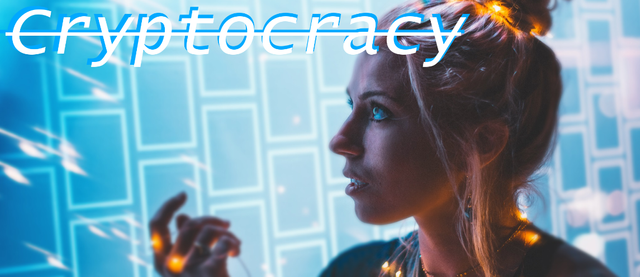
From the time that the first blockchain was created, it was inevitable that someone would try to create a successor. Easily the most prevalent of the would-be replacements is IOTA’s Tangle network. The IOTA Foundation imagines a world where the entirety of the Internet of Things runs using the using their network. In theory, IoT devices will require a currency for micro-transactions related to data – ‘purchasing’ premium, up to date and relevant data for display.

The IOTA Foundation
IOTA was created by the IOTA Foundation, a German non-profit organization focused solely on forwarding the cause of their cryptocurrency and the software behind it. The foundation was initially provided with about 5% of the total stake of IOTA to fund their mission of developing, maintaining and seeking adoption of the IOTA system. While they are technically the governing body for IOTA, their stated goal is to keep development within the community realm through crowd-sourcing. In the creation of the initial IOTA network, they decided upon a fixed number of IOTA coins – just under 3 quadrillion IOTA.
The Tangle Network
In a typical blockchain system, all transactions pass through the algorithmic system that generates blocks, which are then placed at the end of a chain. In this way, the entire system can be validated backwards through the continuing chain, the data of which is stored on the entire network. Over time, as the individual blockchain gains more users, and more transactions, the system can get bogged down due to the limited space in any given block.
Tangle solves this problem by running parallel processes, using each transaction to verify two previous transactions. While technically a Proof of Work system, the Tangle avoids a fee structure by forcing each actor to compute directly at the point of transfer, and in a miniscule but scalable amount. As the network does not need to create new blocks, and each transaction is verified by another transaction, they system runs at an exponentially faster speed than generic blockchains.
The IOTA Cryptocurrency
The IOTA name is both an acronym and a reference. IOTA supposedly stands for Internet of Things Application, but an iota is also a colloquial term for a very small portion. The number of IOTA created is very high, which results in the most often traded variant being the MIOTA, or mega IOTA. The MIOTA cryptocurrency consists of 1 million of the smaller IOTA measurement. As the Internet of Things micro-transaction ecosystem may operate on a small scale, IOTA’s size makes sense given its applications.
So why IOTA?
IOTA’s unique network protocol gives it an innovative position within the top cryptocurrencies. The fact that they are not based on blockchain technology is novel, and their intention towards use as a currency for the Internet of Things puts them in a different competition than the average ‘digital currency’ coins. The IOTA Foundation has recently announced their IOTA Ecosystem project, aimed at funding start-ups within the protocol. If they gain traction, this could bolster IOTA’s market position.
But why not?
The IOTA community has had a few issues, including vulnerabilities in their code base. While they are quick to path problems, their centralized coordination system represents a potential continued security concern. The centralized “Coordinator” is a stopgap measure until the network grows large enough, but the system creates downtime whenever the coordinator is unavailable. IOTA needs to actively seek adoption by Internet of Things device developers before they can start using the network as intended.
This is part of my ongoing series of basic primers for cryptocurrency. If you found it useful, interesting or just like my style - consider following me!
Previous primers;
A NEM Primer
An EOS Primer
A Stellar Lumens Primer
A Cardano Primer
A Ripple Primer
A Bitcoin Cash Primer
A Litecoin Primer
A NEO Primer
An Ethereum Primer